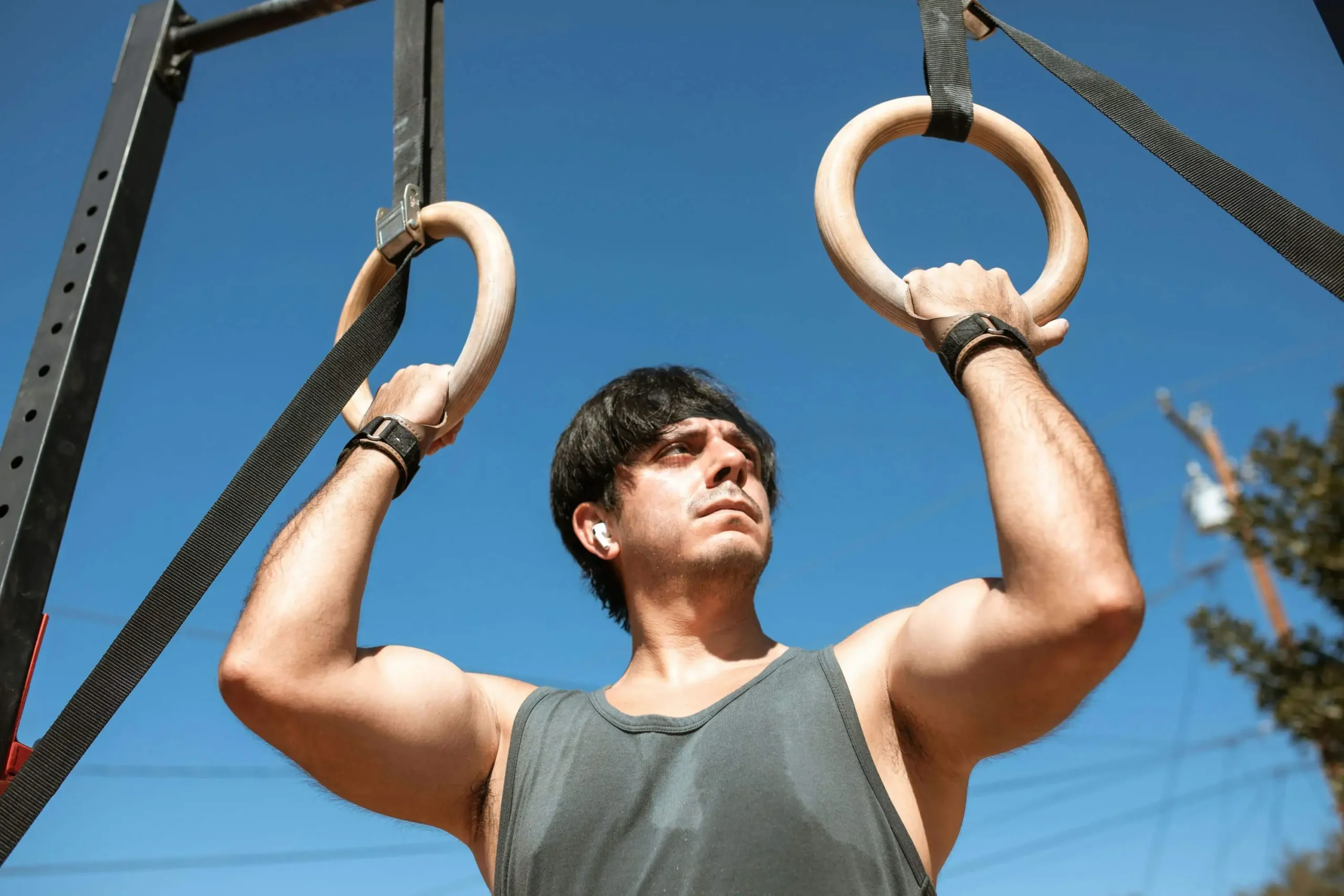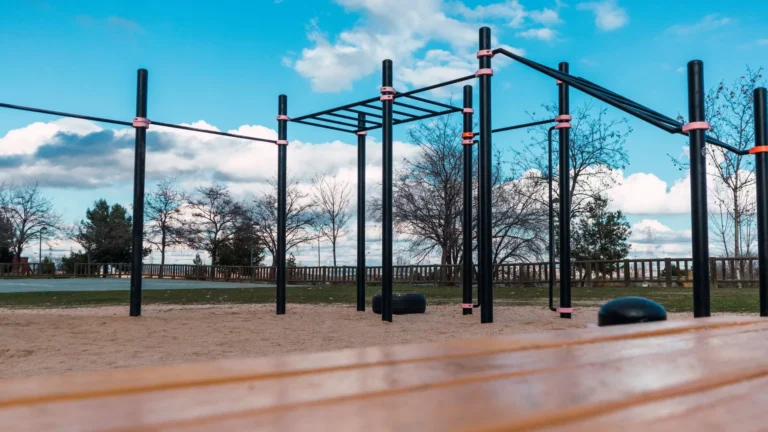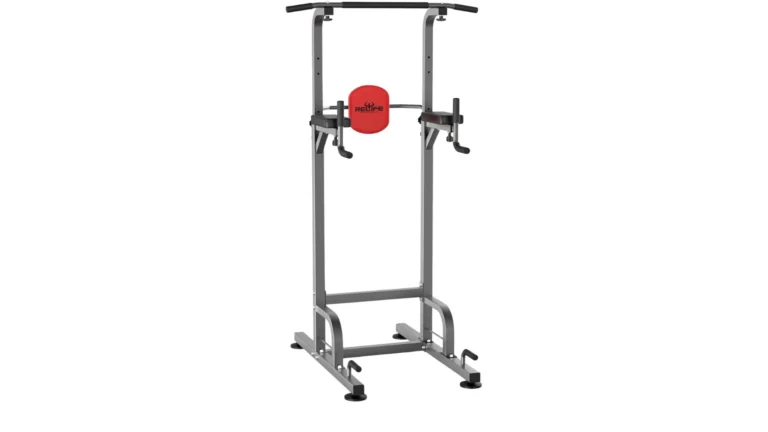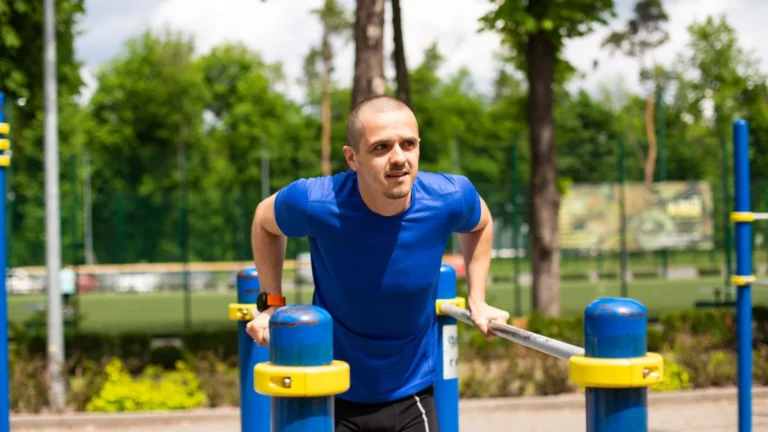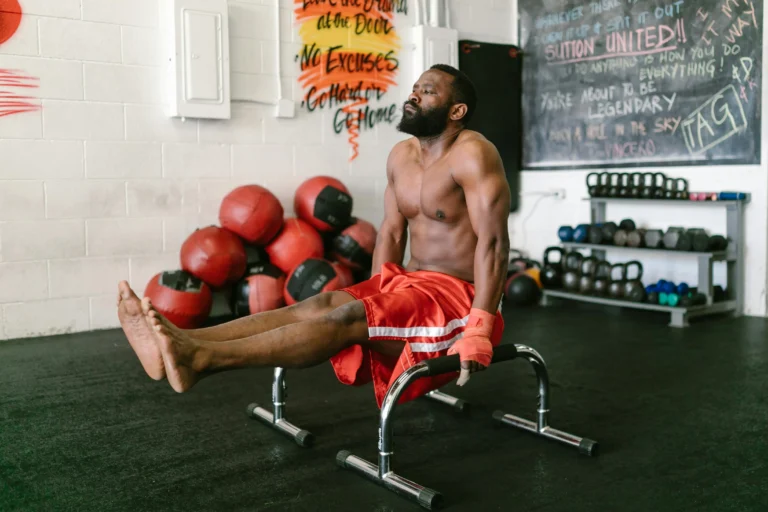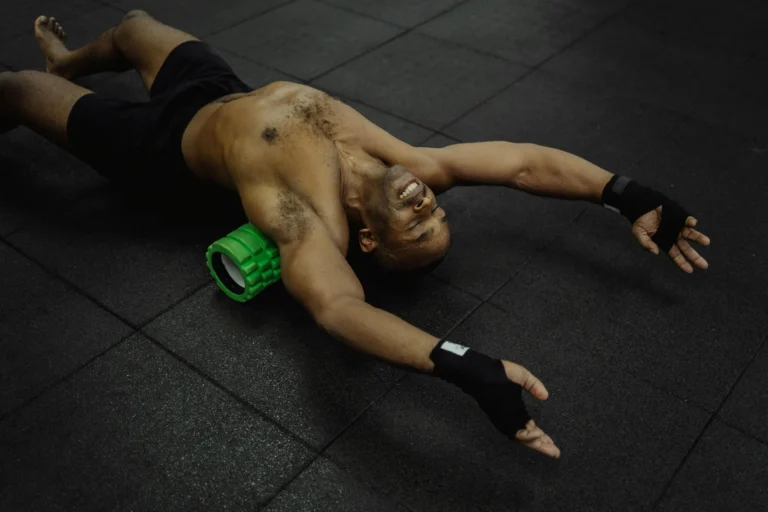Calisthenics Gym Equipment: 6 Tools for Peak Performance
When you first dive into the world of calisthenics, it’s easy to get caught up in the idea that all you need is your body weight to succeed. While bodyweight exercises are foundational, incorporating the right gym equipment can significantly enhance your performance, boost your results, and help you achieve your fitness goals faster. The beauty of calisthenics lies in its versatility, and with just a few essential tools, you can elevate your training to new heights.
In this article, we’ll explore six must-have calisthenics gym equipment tools that will help you unlock your full potential and push your limits. Whether you’re a beginner or an experienced athlete, these tools can provide the support you need to train smarter, not harder.
Understanding Calisthenics and Its Unique Needs
What is Calisthenics?
Calisthenics is a form of exercise that focuses on bodyweight movements to build strength, flexibility, and endurance. Unlike traditional weightlifting, calisthenics allows you to develop functional strength using your own body as resistance. Exercises like push-ups, squats, and pull-ups are staples in calisthenics routines.
However, as you progress and aim for more advanced movements, the need for specialized tools arises. While bodyweight exercises are essential, the right equipment can increase resistance, provide more stability, and allow for a greater range of motion—all key components of improving your performance.
Why Calisthenics Requires Specific Equipment
Although you can perform bodyweight exercises almost anywhere, adding the right calisthenics gym equipment can elevate your workouts by targeting muscle groups more efficiently. These tools help enhance your range of motion, allow you to practice advanced movements, and reduce the risk of injury.
The Essential Tools for Peak Performance
1. Pull-up Bar: The Foundation of Upper Body Strength
The pull-up bar is perhaps the most iconic piece of calisthenics gym equipment. It serves as the cornerstone of upper body strength training, allowing you to perform pull-ups, chin-ups, and muscle-ups. These exercises are fantastic for building your back, biceps, and shoulders.
Types of Pull-up Bars
- Door Frame Bar: Easy to install, great for home use. Perfect for beginners.
- Freestanding Bar: More versatile, can be used for different exercises, but requires more space.
- Wall-mounted Bar: Sturdy and space-efficient, ideal for those with a dedicated workout area.
No matter the type, having a pull-up bar at your disposal is crucial for advancing your upper body strength.
2. Dip Bars: Building Upper Body Power
Dip bars are perfect for targeting your triceps, shoulders, and chest. The dip exercise is known for its ability to build muscle mass in the upper body. These bars are used for performing dips, which can be progressed to more challenging variations such as weighted dips or Bulgarian dips.
Why You Need Dip Bars
- Target Multiple Muscle Groups: Dips work your triceps, chest, and shoulders all at once.
- Increase Muscle Activation: Adding different variations to your dips increases the intensity and engages more muscle fibers.
- Space-saving and Portable: Many dip bars are compact and can be used at home or in the gym.
3. Resistance Bands: Increasing Intensity and Mobility
Resistance bands are incredibly versatile and can be used in a variety of calisthenics exercises. They provide added resistance to your movements, making exercises like squats, push-ups, and pull-ups more challenging. Resistance bands also help with mobility, making them a great tool for stretching and recovery.
Uses of Resistance Bands
- Assisted Pull-ups: If you’re still working on building your pull-up strength, resistance bands can assist in lifting your body.
- Progressive Overload: Adding resistance bands to your bodyweight exercises helps with progressive overload, which is essential for building muscle.
- Stretching and Mobility: Use resistance bands to stretch your shoulders, hips, and legs after a workout to improve flexibility and recovery.
4. Parallettes: Perfecting Your Handstands and Dips
Parallettes are small, portable bars that allow you to perform a variety of bodyweight exercises such as dips, L-sits, and handstand push-ups. These tools are great for increasing your range of motion and improving stability during movements like dips and push-ups.
Why Parallettes are Essential
- Handstand Training: Parallettes are perfect for practicing handstands and handstand push-ups. They help you build shoulder strength and balance.
- L-Sits and Core Work: Parallettes are ideal for strengthening your core and improving body control.
- Wrist Comfort: The elevated position of the parallettes reduces strain on your wrists during dips and push-ups, making these exercises more comfortable.
5. Gymnastic Rings: The Ultimate Full-Body Trainer
Gymnastic rings are one of the most challenging yet rewarding tools in calisthenics training. They require core strength, stability, and control, making them ideal for advanced movements like muscle-ups, ring dips, and ring push-ups. Rings also provide a greater range of motion, engaging more muscle fibers compared to traditional gym equipment.
Why Gymnastic Rings are a Game-Changer
- Full-Body Strength: Rings challenge your entire body, especially your core and stabilizing muscles.
- Progressive Difficulty: You can modify the difficulty of exercises on the rings by adjusting the height and positioning.
- Versatility: Rings can be used for a wide range of exercises, from pull-ups to rows and dips.
6. Ab Wheel: Engaging Your Core to the Max
The ab wheel is a simple yet highly effective tool for strengthening your core. It targets your abs, obliques, and lower back, helping you achieve better overall core stability. The key to a strong calisthenics foundation is a solid core, and the ab wheel is one of the best tools for developing it.
Why You Need an Ab Wheel
- Core Strength: The ab wheel is one of the most effective tools for targeting all areas of your core.
- Improves Stability: A strong core is essential for performing advanced calisthenics movements like muscle-ups and handstand push-ups.
- Compact and Portable: The ab wheel is easy to use and can be taken anywhere, making it a convenient addition to your workout routine.
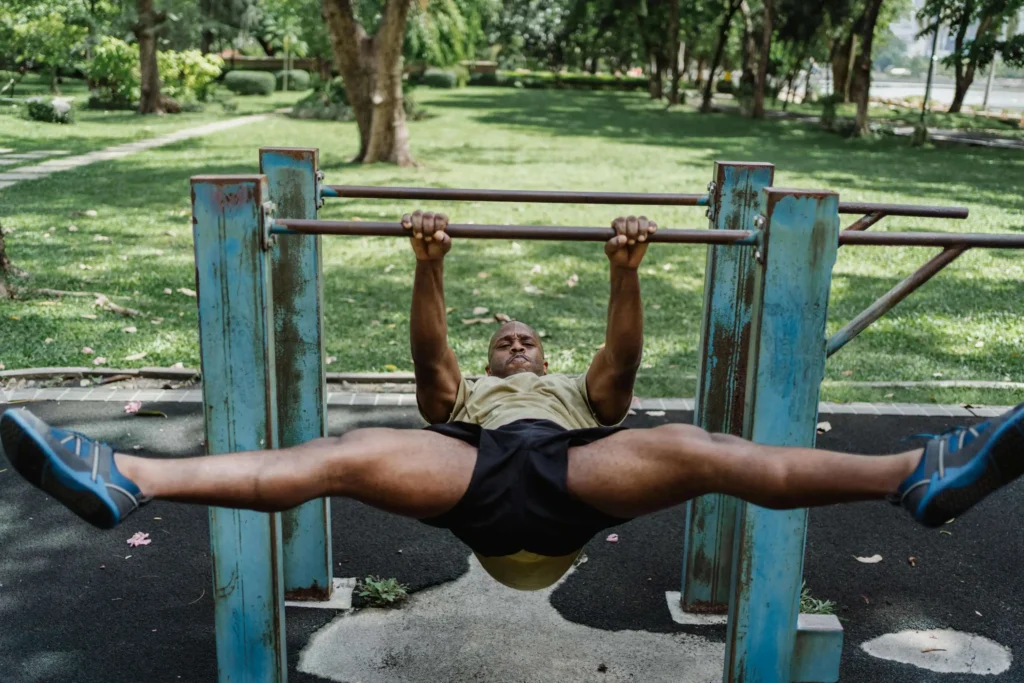
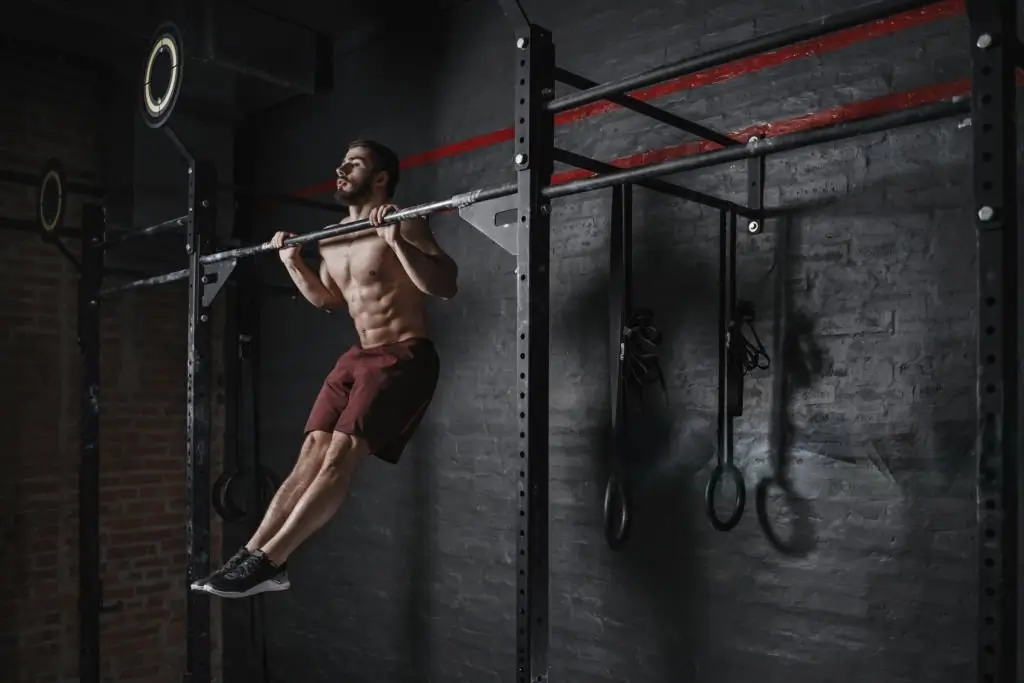
How to Use Each Tool for Maximum Results
To maximize your results, it’s important to understand how to use each piece of equipment effectively. Here’s a breakdown of how you can incorporate these tools into your calisthenics routine:
- Pull-up Bar: Start with assisted pull-ups using resistance bands if you’re a beginner. Gradually increase your reps and work towards performing muscle-ups as you build strength.
- Dip Bars: Begin with bodyweight dips and focus on form. Once you’re comfortable, add weight or try more advanced variations like the Bulgarian dip or ring dips.
- Resistance Bands: Use resistance bands to assist in pull-ups and squats, or incorporate them into your stretching routine to improve flexibility.
- Parallettes: Use parallettes for handstand push-ups, dips, and L-sits. Focus on building your shoulder strength and control for more advanced movements.
- Gymnastic Rings: Practice ring rows, dips, and muscle-ups. Focus on stabilizing your core and engaging your entire body with each movement.
- Ab Wheel: Perform ab wheel rollouts with control to avoid straining your back. Focus on proper form and engage your core throughout the movement.
The Importance of Recovery and Maintenance
As important as it is to train hard, it’s equally crucial to prioritize recovery. Your muscles need time to rebuild, and your equipment needs proper care to last. Here’s how to maintain both:
- Rest and Recovery: Allow your muscles to recover by incorporating rest days into your routine. Stretch regularly and focus on improving your flexibility to avoid injuries.
- Equipment Maintenance: Keep your equipment in top condition by regularly checking for wear and tear. Clean your gymnastic rings, tighten your pull-up bar, and store everything properly to extend its lifespan.
Conclusion
Calisthenics is a powerful and effective way to build strength, flexibility, and endurance. While bodyweight exercises are essential, incorporating the right gym equipment can take your training to the next level. Whether it’s a pull-up bar to build upper body strength or gymnastic rings to challenge your core, these tools will help you achieve peak performance.
So, are you ready to level up your calisthenics training? Invest in these six essential tools, and watch your performance improve in ways you never thought possible.
FAQ
What is the best equipment for beginners in calisthenics?
For beginners, a pull-up bar, resistance bands, and dip bars are great starting points. These tools will help you build the foundation for more advanced exercises.
Can I perform calisthenics without any equipment?
Yes, calisthenics can be done with just your body weight. However, adding equipment like resistance bands or a pull-up bar will help you progress faster.
How do I progress with calisthenics gym equipment?
Start with basic exercises, and gradually increase the intensity by adding variations, more resistance, or extra weight. Consistency and progressive overload are key to making progress.
By using the right tools and following a structured training plan, you’ll be on your way to achieving peak performance in your calisthenics journey. Keep pushing yourself, stay consistent, and enjoy the process!

